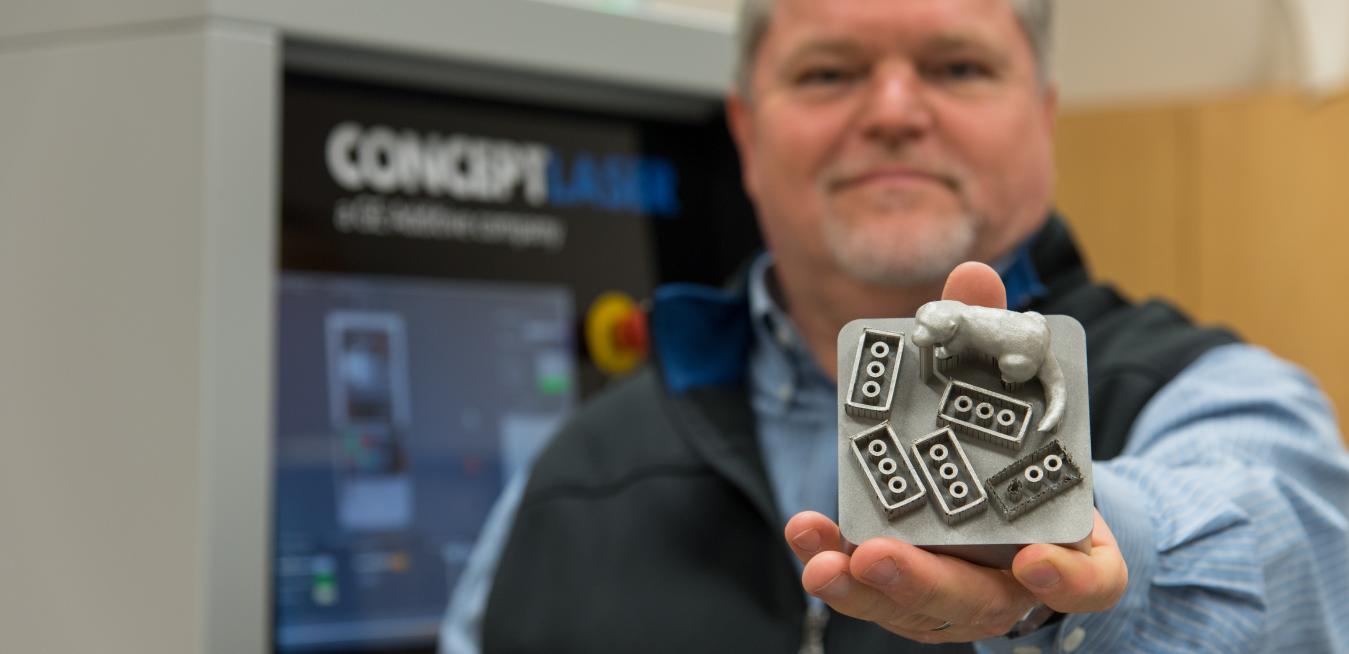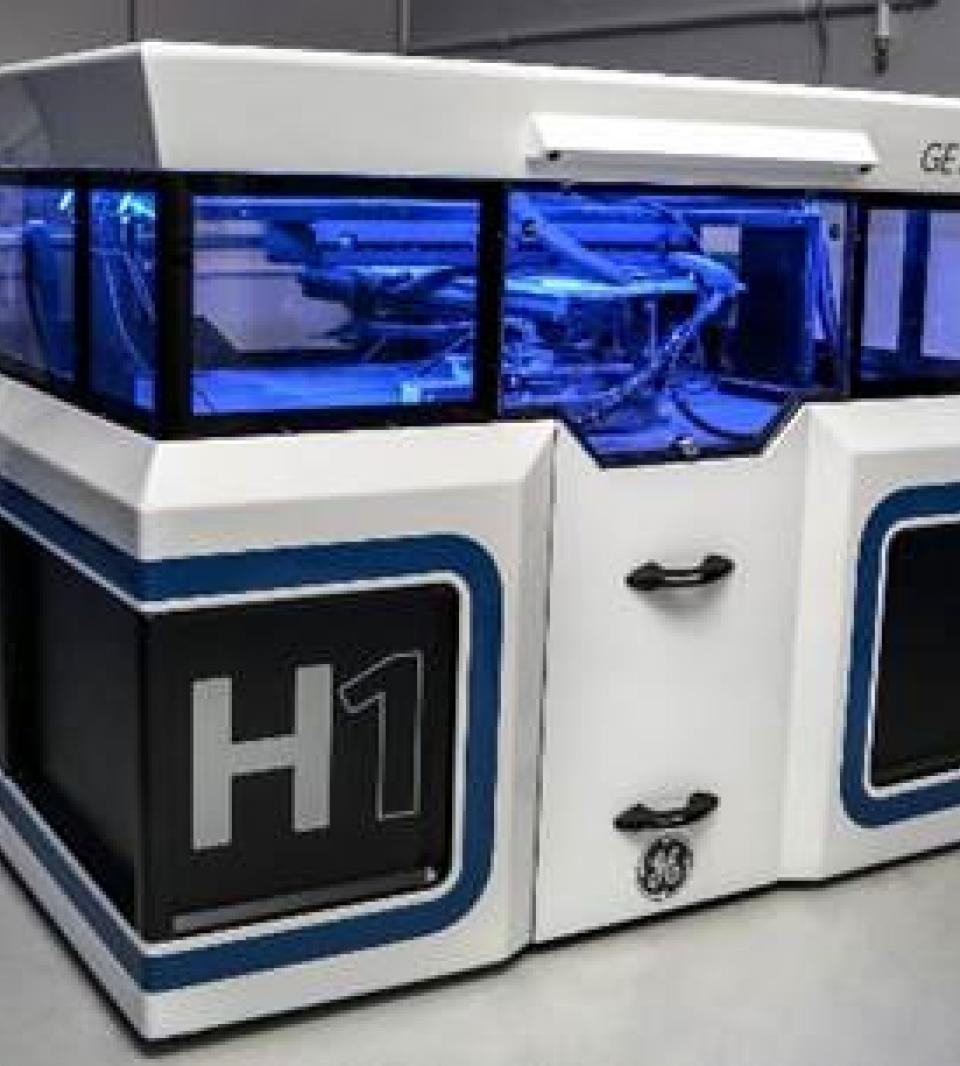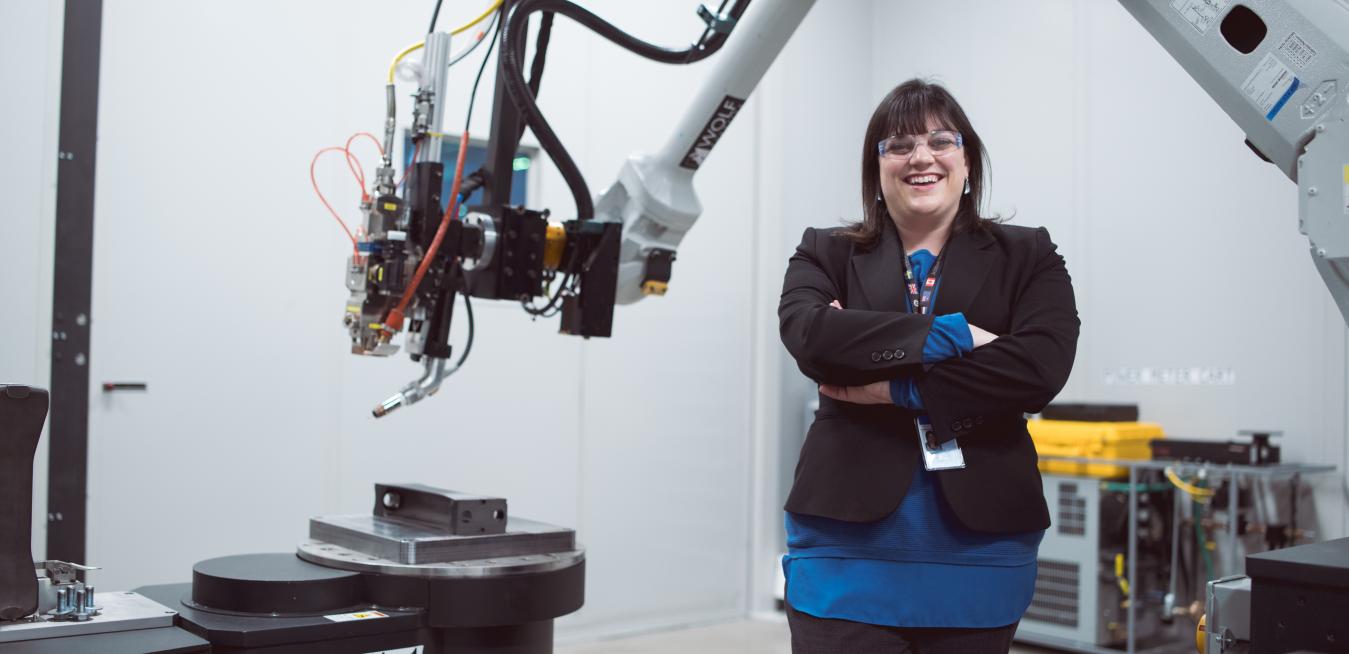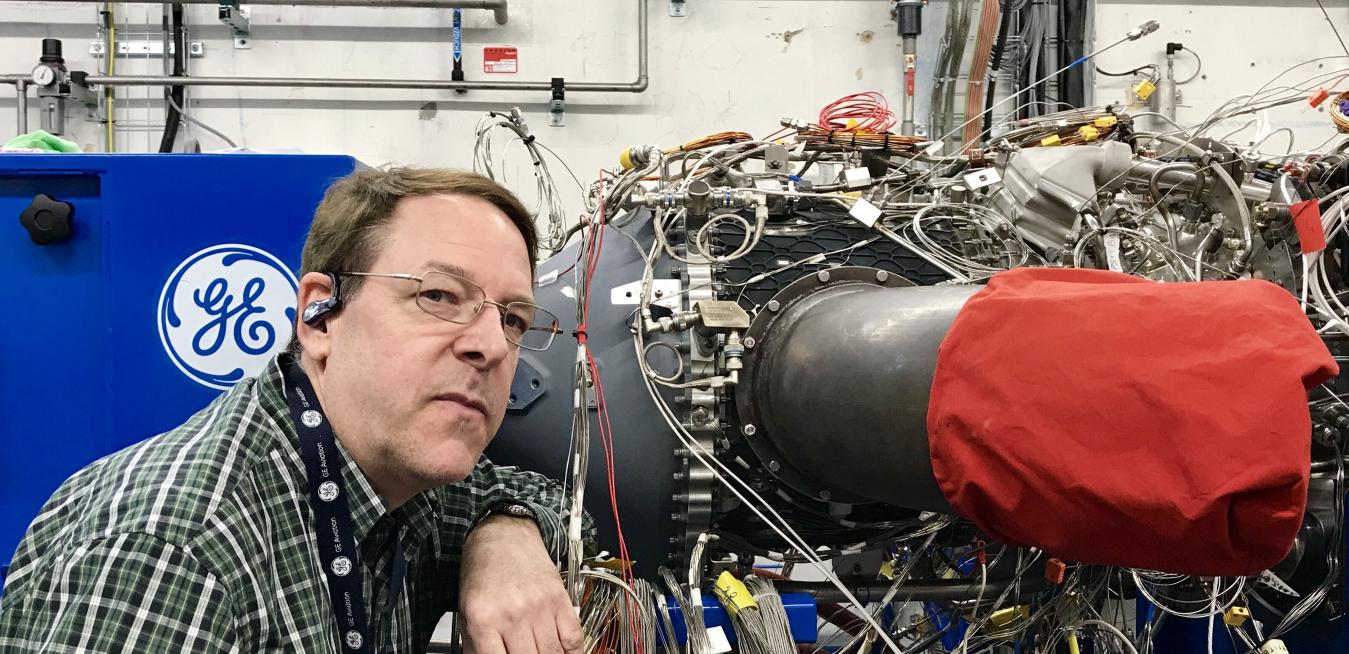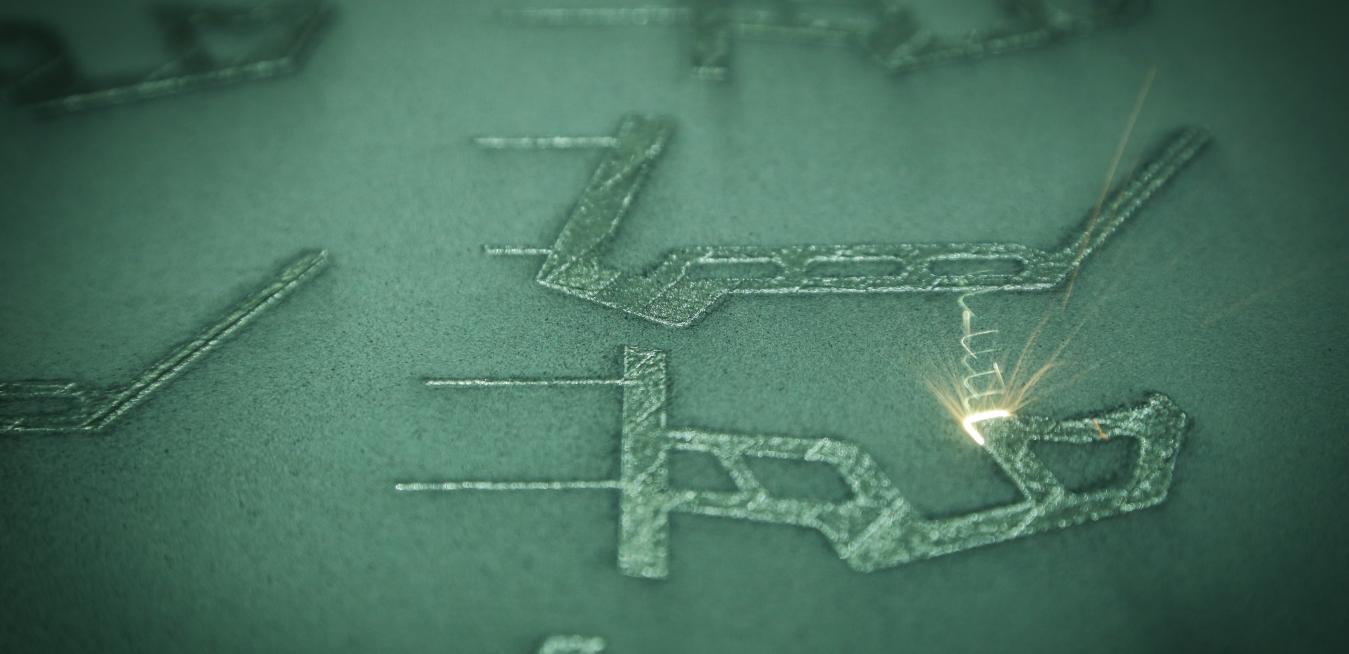The Navy cares about this technology because its fleet is aging, with ships dating back decades. Many of the parts that make up these vessels are so old that substitutes are no longer manufactured, and replacement parts have to be custom-designed.
The Northern Italian town of Cameri could be easily mistaken for a quiet farming commune. But take a short ride through the rolling fields of the fertile Po Valley that surround it and you’ll discover a startling contrast.
GE engineers recently built and tested 30 different prototypes of a complex, football-size jet engine component. Thanks to cutting-edge 3D-printing technology, they were able to reach the perfect design in just 12 weeks. This is remarkable considering it would take several years to iterate on that many designs using traditional casting methods.
Jet engines are large and complicated machines. But sometimes surprisingly small parts can make a big difference in how they work.
A decade ago, engineers at CFM International, a joint venture between GE Aviation and France’s Safran Aircraft Engines, started designing a new, fuel-efficient jet engine for single-aisle passenger planes — the aircraft industry’s biggest market and one of its most lucrative.








